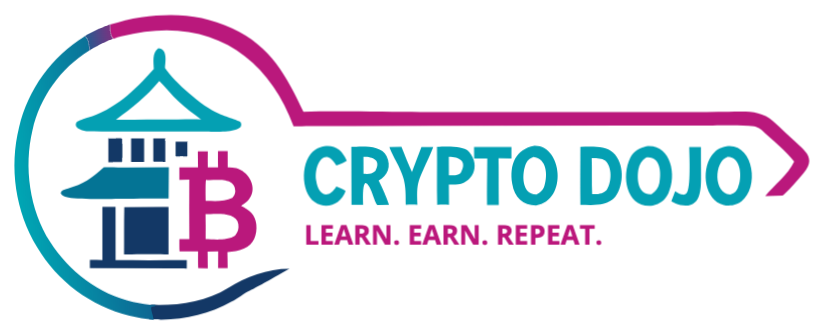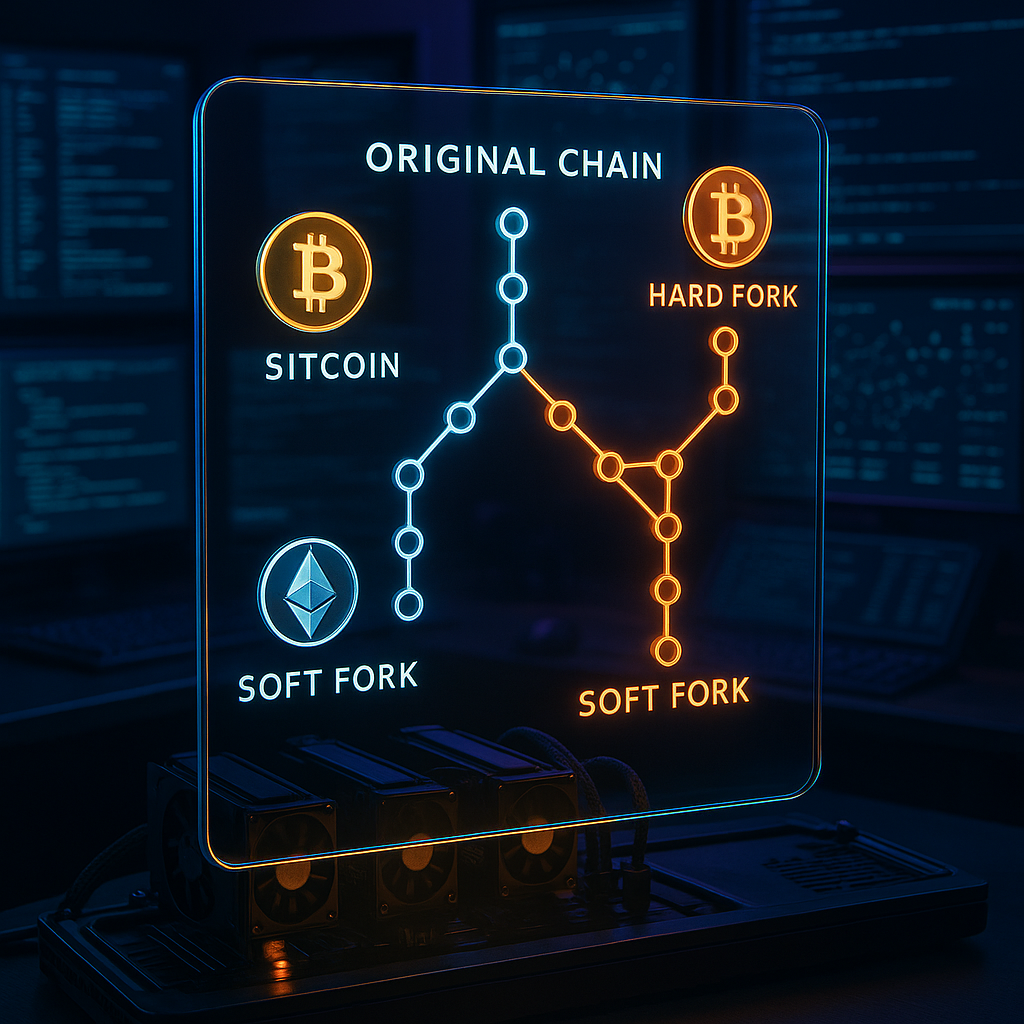Key Takeaways
- Decode rug pulls by studying project fundamentals: Understanding what a rug pull is and how exit scams operate gives you a critical foundation for assessing project risk well before you consider investing. When you grasp these basics, you’re better equipped to spot vulnerabilities and protect your assets.
- Look beyond code and watch for psychological FOMO traps: Scammers often inject urgency and engineer fear of missing out, pushing investors to act before thoroughly reviewing project details. Recognizing these hype-driven ploys is as vital as conducting technical analyses.
- Demand transparency from teams and communities: Legitimate projects clearly disclose information about their founders, team members, and maintain active, authentic community engagement. Anonymous or evasive teams should always raise immediate red flags when evaluating a crypto opportunity.
- Prioritize projects with locked liquidity and transparent tokenomics: Locked liquidity mechanisms and transparent, well-structured token distribution models make it significantly harder for bad actors to execute exit scams or sudden rug pulls.
- Insist on independent security audits: Security audits conducted by reputable third-party firms are essential for project legitimacy. When a project lacks such audits or relies only on self-published reports, your risk exposure increases.
- Spot warning signs early with practical checklists: Apply step-by-step evaluation frameworks to detect crucial red flags, such as poorly written whitepapers, exaggerated return promises, and ambiguous partnerships, before you commit any funds.
With these principles at your fingertips, you’ll be better prepared to identify scam risks and avoid costly pitfalls. In the coming sections, we’ll explore hands-on checklists and real-world scenarios to reinforce your crypto scam prevention skills and help you confidently navigate the digital asset world.
Introduction
Every year, billions of dollars disappear from the cryptocurrency ecosystem due to scams. Many of these could have been avoided with a bit more vigilance. In a world where opportunity and risk constantly intertwine, developing strong crypto scam prevention habits is not just an option anymore. It’s now your frontline defense, safeguarding not only your investments but your peace of mind.
Scammers use a staggering variety of tactics, from sneaky psychological manipulation to exploiting technical loopholes nearly no one sees coming. Spotting project red flags, demanding transparency, and verifying key elements (like liquidity locks and security audits), puts you in the driver’s seat. Maybe you’re just exploring your first digital assets — or maybe you’re ready to take your due diligence to the next level. Either way, these practical checklists and proven warning signs will empower you to avoid rug pulls before they even get close.
This guide will break down warning signals, analyze common scam tactics, and lay out a clear framework for safer crypto investing. It’s all about building your future with confidence—but without falling for the pitfalls that catch too many newcomers.
Stay Sharp. Stay Ahead.
Join our Telegram Group for exclusive content, real insights,
engage with us and other members and get access to
insider updates, early news and top insights.
 Join the Group
Join the Group
Understanding Rug Pulls and Exit Scams
Rug pulls are one of the most dangerous types of crypto scams. In these schemes, project developers abandon their coin or token, leaving investors with worthless assets as the creators vanish with pooled funds. Unlike many classic scams, rug pulls often start off looking legitimate, which only adds to the risk.
Rug pulls and exit scams usually appear in three main forms, each with its own calling cards:
Technical Rug Pulls
Technical rug pulls are built on malicious code. Developers may exploit smart contract vulnerabilities or insert backdoors that allow them to:
- Disable the ability to sell tokens for everyone except themselves,
- Mint unlimited tokens, undermining value for holders,
- Override promised security locks and drain liquidity pools in an instant.
Real-World Example: Remember AnubisDAO in 2021? Investors lost over $60 million. The developers used smart contract permissions to drain the whole project treasury in less than 24 hours after launch. It just goes to show how important code review and transparency really are.
Technical rug pulls also hit DeFi protocols and NFT projects, where contract complexity gives bad actors even better cover.
Soft Rug Pulls
A soft rug pull happens more gradually. Developers slowly pull back from the project while pretending to stay engaged. Telltale signs include:
- Clearly reduced communication or developer updates,
- Abandoned roadmaps or milestones that quietly disappear,
- Team members vanishing from social platforms or community channels,
- Odd token movement suggesting team wallets are quietly cashing out.
These often show up in DeFi, NFT, and gaming token projects, especially after the initial hype has faded and investors are left holding the bag.
Marketing Rug Pulls
Here, scammers create hype rather than weaponizing code. Marketing rug pulls will typically involve:
- Endless influencer “support,” often paid or just suspiciously vague,
- Announcements about partnerships that nobody can confirm,
- Faked trading volumes to signal popularity,
- Wild returns promised, but no proof to back them up.
We’ve seen this a lot in NFT launches and meme tokens where manufactured buzz can swing prices in seconds.
However, no matter the mechanics, these scams combine technical finesse with psychological manipulation. They chip away at your judgment and try to rush your decisions. Understanding their patterns arms you with better tools to spot—and dodge—early warning signs.
Red Flags and Warning Signs
Spotting a potential scam before you invest is key. Here are common red flags that can help you decide whether a project is trustworthy or not:
Team Verification Issues
Legit projects boast about their team. Watch out for:
- Anonymous team members, or folks who can’t be cross-verified,
- Fake or missing LinkedIn profiles,
- Team photos that use obvious stock images or recycled graphics,
- Contradictory info about the team across platforms.
Outside crypto—think finance or healthcare—transparency is the norm. So if a crypto team seems shy on details, take notice.
Project Documentation Problems
A project’s documentation should reflect its ambition. Watch for:
- Whitepapers that are plagiarized, unattractive, or copied from big-name projects,
- Vague technical details with no real substance,
- Roadmaps with pie-in-the-sky promises or impossible timelines,
- Missing legal docs, like terms of service or privacy notices.
Good documentation signals maturity and authentic transparency, especially in DeFi or NFT ventures.
Smart Contract Red Flags
Smart contract scrutiny is essential for decentralized projects. Unsafe contracts often show:
Stay Sharp. Stay Ahead.
Join our Telegram Group for exclusive content, real insights,
engage with us and other members and get access to
insider updates, early news and top insights.
 Join the Group
Join the Group
- Unverified code on explorers like Etherscan or BscScan,
- No third-party audits or just self-published reports,
- Centralized admin keys giving too much leverage to founders,
- Tokenomics that favor insiders and create vulnerabilities.
Checking contract security is just as important in gaming or other non-financial tokens—one backdoor and your assets could vanish.
Prevention Strategies and Security Measures
To keep your crypto secure, you’ll want both technical tools and social know-how. Here’s how to build your checklist:
Technical Due Diligence
When reviewing a project, take these technical steps:
- Use block explorers (like Etherscan, BscScan) to check token contracts, distribution, and developer activity.
- Investigate how tokens are spread—do a few wallets own most of the supply?
- Look for locked liquidity (are trading pools time-locked or secured?).
- Demand access to reputable third-party audit reports—then actually read them.
Industries like finance and supply chain already do this for compliance reasons. Apply the same rigor to technical analysis in crypto evaluations.
Social Proof Analysis
A project’s community holds clues about its legitimacy. Consider:
- How active and authentic discussions are in channels like Telegram or Discord,
- Whether there are lots of bots or copy-paste spam,
- Whether project moderators communicate honestly and consistently,
- Signs of fake engagement, such as armies of followers but nobody commenting.
It’s like in education or open source tech—authentic communities are easy to spot when you know what to look for.
Financial Health Indicators
Numbers tell a story. Before you jump in, check for:
- Clear, realistic tokenomics (Does distribution make sense? Are vesting schedules fair?),
- Healthy, stable liquidity pools,
- Trading volumes that don’t smell of artificial pumping,
- Ratios like market cap to total value locked (TVL) for DeFi and staking projects.
Platforms, whether in the enterprise or NFT space, live or die by these basic metrics.
Tools and Resources for Protection
A few solid technologies and information hubs will help you stay ahead of the scammers.
Verification Platforms
Check project legitimacy with these tools:
- TokenSniffer: Quick screening for smart contract risks,
- RugDoc: Community-driven list of high-risk projects plus detailed write-ups,
- CertiK Security Leaderboard: Ratings and vulnerabilities tracked by professionals,
- DappRadar: Usage stats and rankings for DeFi, NFT, and gaming platforms.
For deeper dives, explore sector-specific platforms, like blockchain research sites or environmental scoring tools if that’s your thing.
Security Applications
Keep your assets safe with these practices:
- Use hardware wallets for offline (cold) storage,
- Revoke previous smart contract permissions using apps like Revoke.cash,
- Set wallet tracking alerts for odd activity,
- Use multi-signature wallets if you’re handling team or high-value assets.
Just like you wouldn’t let your house be managed by a stranger in real estate, don’t leave your crypto exposed.
Community Resources
Harness crowd wisdom and collective experience:
- Join respected crypto security forums or scam alert groups,
- Participate in project review collectives on Reddit, Discord, and similar spaces,
- Follow whistleblower accounts and listen to industry experts for real-time tips.
Community intelligence isn’t just useful in crypto—think about climate projects or investment research circles. Leverage it.
Psychological Defense Strategies
Being scam-aware demands more than technical skill. Really, it’s about owning your mindset and catching attempts at manipulation.
Recognizing Manipulation Tactics
Scammers love to pull classic psychological triggers:
- Creating false scarcity (“Only 100 whitelist spots left!”),
- Offering “exclusive” access to stoke urgency,
- Name-dropping supposed celebrity or institutional investors,
- Spreading hype about “the price about to moon” to push you to move fast.
This is the same playbook used to pump up retail stocks or new IPOs. Staying alert helps in every sector.
Building Emotional Resilience
Combat scams by toughening up your own investing playbook:
- Set strict personal investment rules and follow them, especially under pressure.
- Force yourself to take a breather (waiting periods) before making a money move.
- Always run projects through your regular checklist (don’t skip steps).
- Doubt anything that seems “too good to be true.” No exceptions.
These are skills professionals practice every day in finance, law, and health when the stakes are high.
FOMO Management
FOMO is a powerful force in fast-moving markets, but it can be managed:
- Stick to your own risk and reward expectations,
- Acknowledge that boom and bust cycles are a part of every market,
- Stay disciplined to avoid trend-chasing or reckless moves,
- Call out manipulative marketing, even just to yourself during your due diligence.
Do this, and you’ll make better choices—not just in crypto, but wherever opportunity moves quickly.
Simply put, your best defense against rug pulls is a blend of technical scrutiny and a cool, clear head. Evidence beats impulse—every time.
Conclusion
Rug pulls and exit scams remain among the sneakiest, most damaging dangers in crypto. They exploit both technical weaknesses and the quirks of human psychology, draining billions from both rookies and veterans. The good news? With a sound understanding of technical hacks, staged exits, and aggressive marketing ploys, any investor can get better at noticing these threats early.
Strong investing habits—like checking team transparency, vetting documentation, reviewing contract security, and using reputable analysis tools—are your foundation. At the same time, emotional resilience and a healthy mix of skepticism and curiosity set you apart from the crowd.
The future of crypto investing is bright for those who balance knowledge, caution, and flexibility. Keeping safe isn’t only about having the latest tools or simply avoiding obvious cons. It’s about sharpening your wits, deepening your awareness, and gently challenging the hype every step of the way. As crypto evolves, so must we. Let your confidence and safety grow alongside your curiosity—start with careful research and never stop questioning. This is how you learn, earn, and stay secure in the ever-expanding world of trading psychology.





Leave a Reply